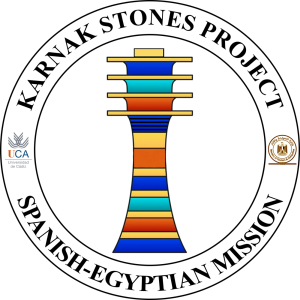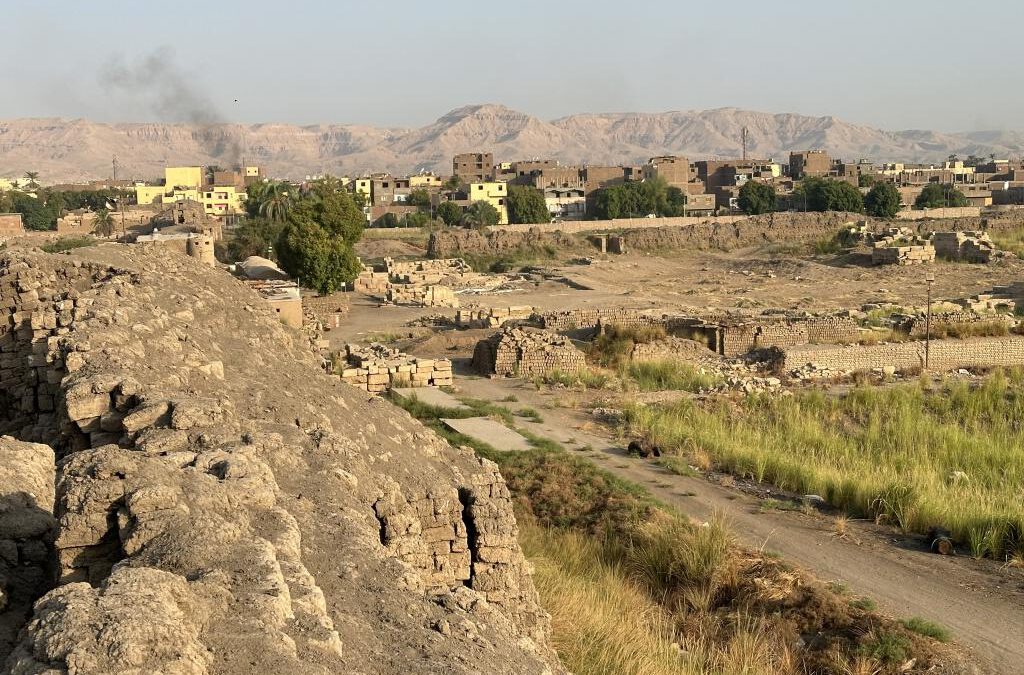Salt crystallization is one of the most persistent and damaging threats to the preservation of
sandstone structures at Karnak. Over time, moisture from the environment seeps into the stone, and
when the water evaporates, salts trapped within the stone can crystallize. These salt crystals can
expand, causing internal fractures and surface flaking, which accelerates the deterioration of the
stone. This phenomenon, known as salt weathering, poses a significant risk to the long-term survival
of the temple’s stone blocks. To better understand and combat this issue, we used the Karsten Tube
Test, a widely recognized method for studying the water absorption properties of porous materials
like sandstone. This test allows us to measure how quickly moisture is absorbed by the stone,
providing valuable insights into its porosity and its susceptibility to salt damage. The process is simple
yet highly informative: A small, transparent tube is placed against the stone surface and filled with
water. As the stone absorbs the water, the rising water level within the tube indicates the rate of
absorption. Faster absorption rates suggest that the stone is more porous, meaning it can take in
larger amounts of moisture, which increases its vulnerability to salt crystallization and the resulting
damage. Slower absorption rates indicate denser, less porous stone, which is less susceptible to
moisture penetration and salt-related deterioration.
By conducting these tests on various blocks across the site, we’ve been able to pinpoint areas of the
temple that are most at risk from salt damage. These vulnerable blocks are prioritized for more
targeted conservation efforts, ensuring that resources are allocated effectively to prevent further
deterioration. In addition to salt crystallization, the Karsten Tube Test provides an understanding of
the overall moisture dynamics within the stone. It helps us identify how deeply moisture penetrates
the blocks and whether the stone retains water over time, which could create a conducive
environment for further damage. This knowledge is important for developing a tailored conservation
strategy that addresses both the immediate and long-term needs of the site. The information
gathered from the Karsten Tube Test will guide our ongoing conservation work, helping us take
preventive measures to mitigate salt damage and preserve Karnak’s sandstone blocks for future
generations. By carefully monitoring moisture absorption and salinity levels, we’re able to protect
these ancient treasures from the destructive forces of nature and human intervention. The study of
salt damage is just one piece of the larger puzzle, but it is essential in preserving the integrity of
Karnak’s architectural marvels. Through meticulous testing and targeted conservation efforts, we aim
to ensure that these monumental blocks continue to stand as a testament to the ancient Egyptian
civilization for centuries to come.

